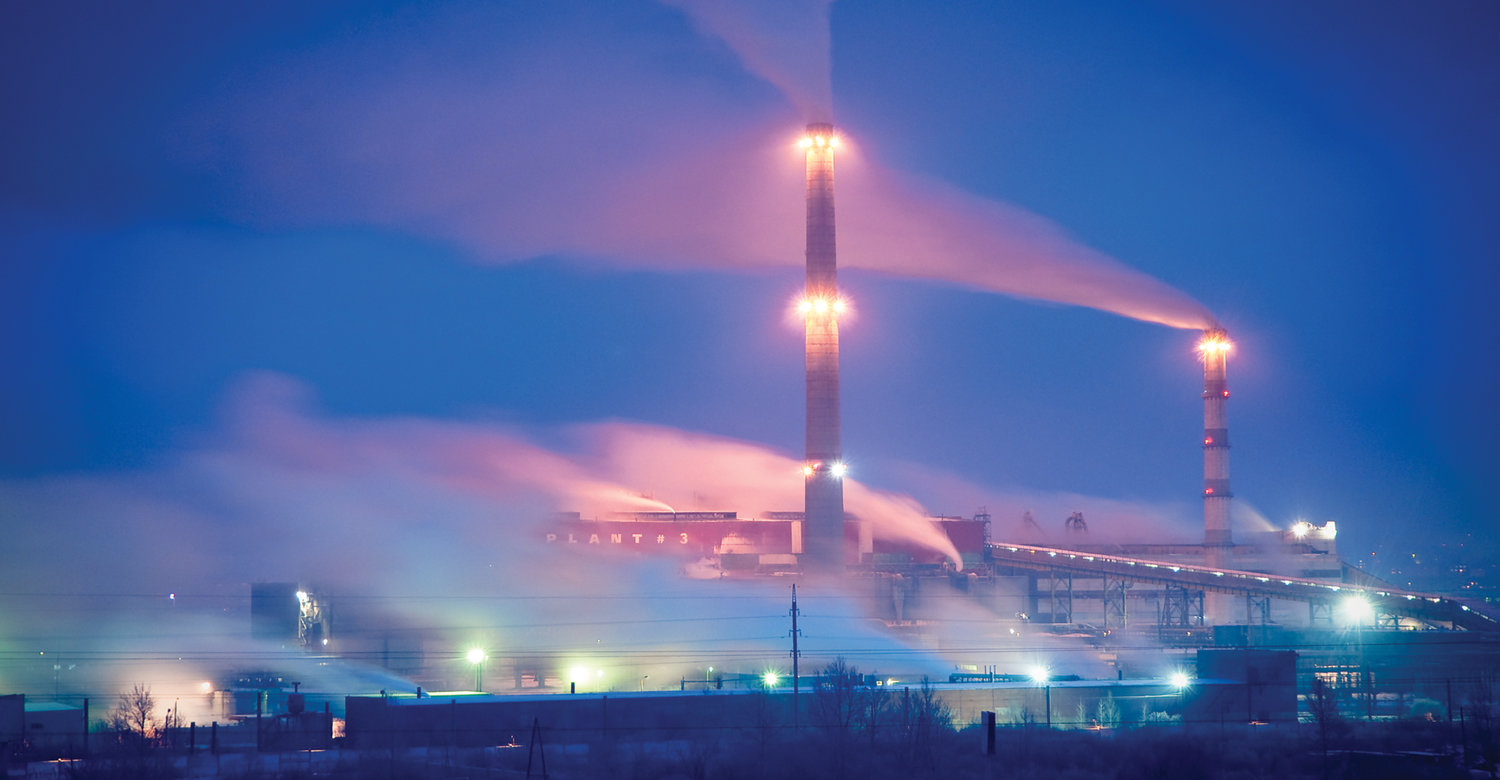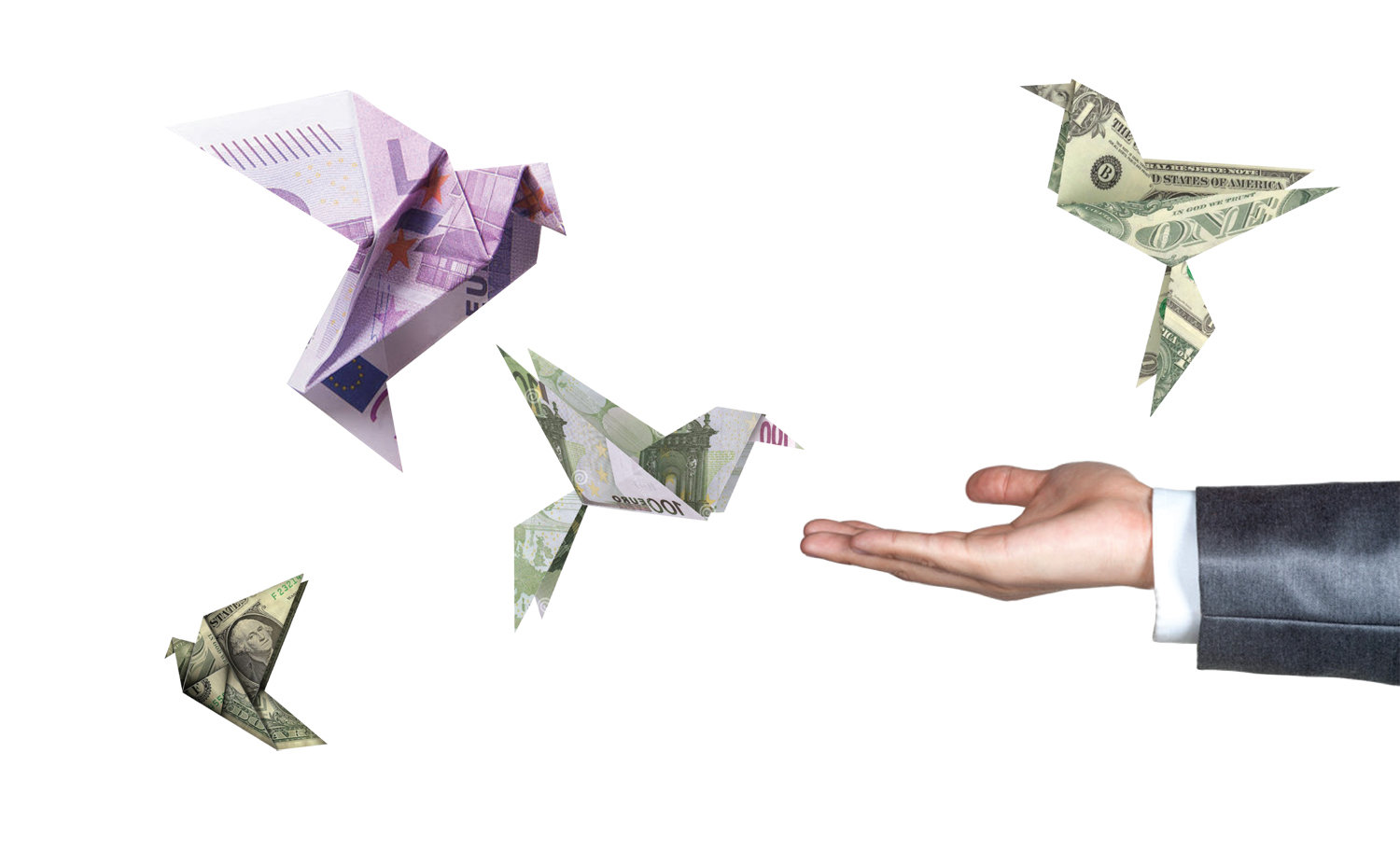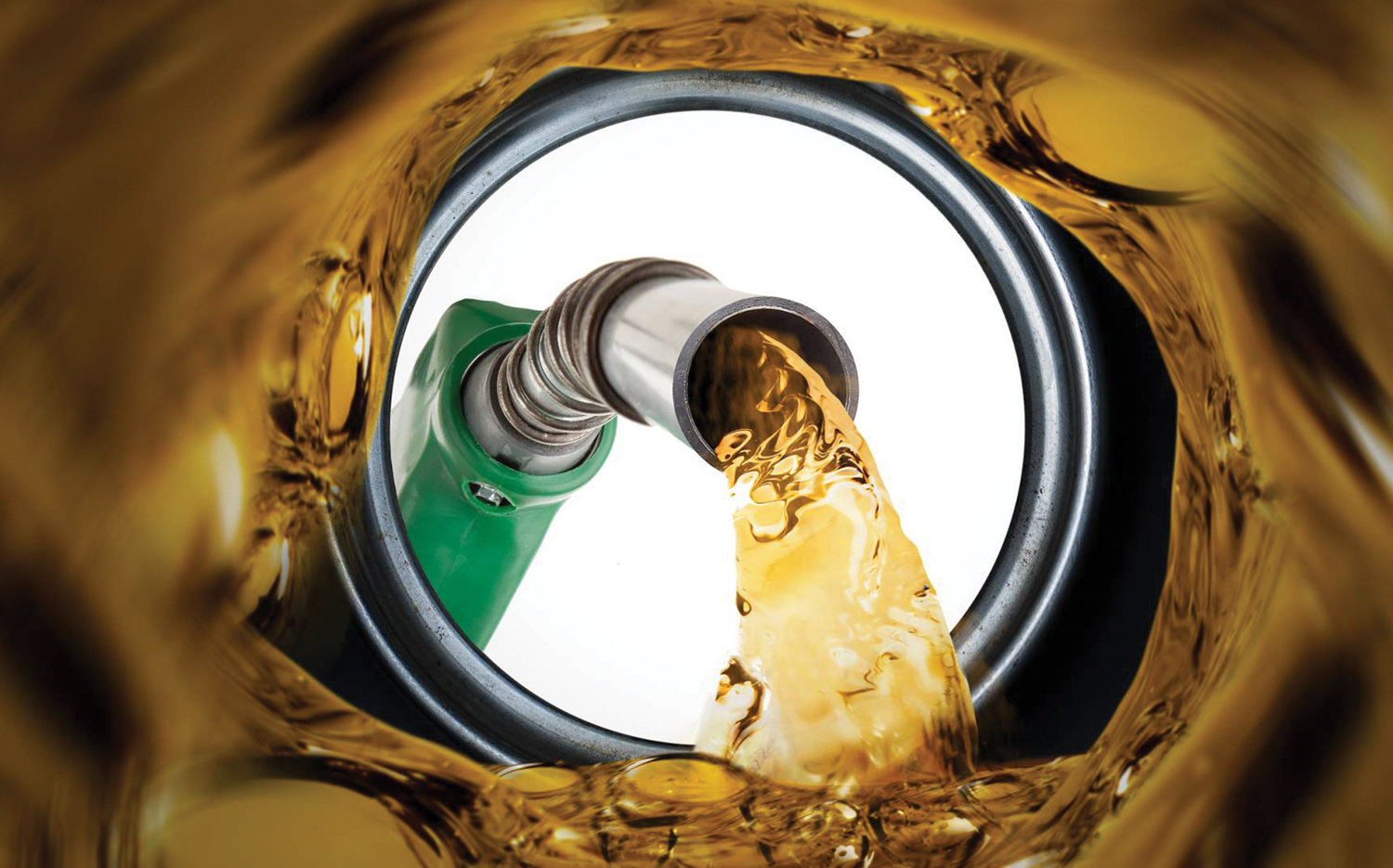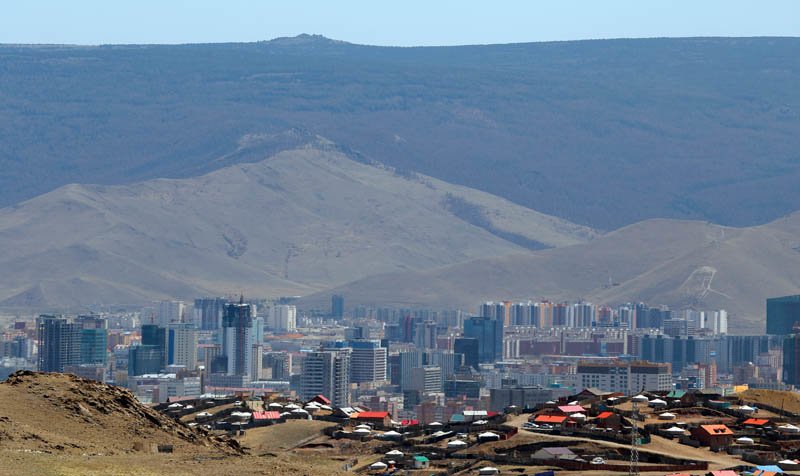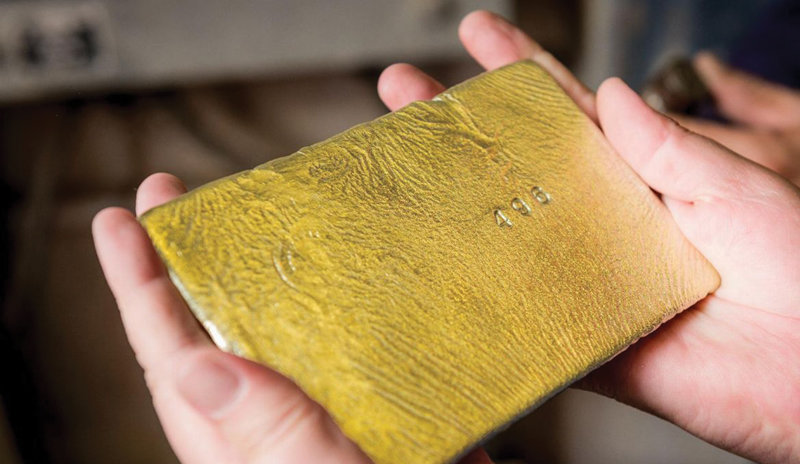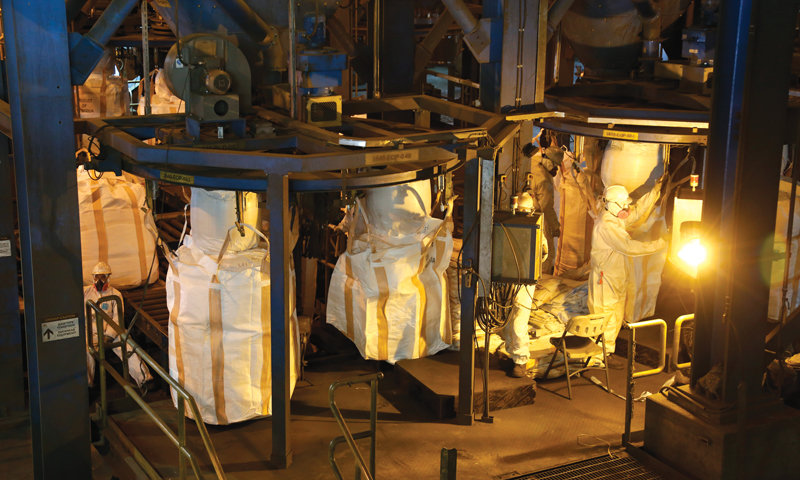Recent news
N. Tavinbekh: Full domestic energy self-reliance is a main target
Energy sector has been experiencing years of hardship. Of course, Covid-19 has affected the energy sector. It has been a while since the government decided to zero out electricity and heating tariffs in order to boost the economy. This decision had an impact on energy sector load. How is the energy load now?
Mongolian energy consumption grows at about 4-6 percent per annum. In 2020, total electricity and energy consumption was 8,850.50 million kW/h. Domestic production from power plants, renewable sources and diesel power plant accounted for 80.7 percent and the remaining 19.3 was imported.
Green economy and green energy: much more to do
Alongside the COVID-19 pandemic, the energy crisis has begun to affect the world. By October, gas prices in Europe had increased fivefold due to supply shortages. Oil supply shortages have also followed. The current instability of world’s economies is largely due to the pandemic, but there are many other contributory factors.
At the heart of the crisis lies the challenge of reducing greenhouse gas emissions while ensuring a reliable supply of energy. Countries have imposed several short and long quarantines over the past two years to prevent infection spread. A consequence has been disruption of business relations between countries and reductions in production which, in turn reduced energy consumption.
Investment Law revision needs public discussion
Why is amending the Investment Law being discussed in an ambiguous and secretive manner?
It should, instead, be thoroughly prepared by the working group of the relevant ministry, and the public consulted. This is clearly required by the Law on Development Policy and Planning, and the Law on Legislation Article 8.1.5 of the latter indicates that “draft legislation shall be discussed and collect feedback from citizens, representatives of legal entities and public whose legal interests are affected”.
One of the bills that came as a sudden “surprise” without public discussion was the Investment Law. The general concept and content of the draft law have been introduced by relevant officials, but its detailed articles and provisions have not been clarified.
N.Enkhbayar: Improving Mongolia’s technical expertise is the key to its development
MMJ spoke with the economist N.Enkhbayar about opportunities to expand Mongolia’s economy, global technology trends, and the implementation of major projects as well as the potential to attract foreign direct investment.
How do you see the current state of the Mongolian economy and foreign investment?
In 2010 Mongolia’s economy “rocketed”. At that time, foreign investment exceeded GDP by almost 110 percent. Currently, the foreign investment stands at $2.7 billion, that does not reach even 20 percent of the GDP. Our politicians consider the 5 to 6 percent annual economic growth reported by statistical indicators as good. For us researchers, this is a small number and is considered insignificant for a small economy to grow at this rate for 30 years.
Government’s external debt policy challenges
During the last year, Mongolia’s external debt has increased by over $1 billion. Specifically, the first quarter government debt was 15.7 percent higher than during the same period last year. There is an expectation that the country’s external debt will continue to grow till the end of this year, but it would “easily fit” within the 70 percent limit set by law. The Ministry of Finance even presented an estimate indicating that this year’s total will be lower than the previous year compared to the GDP. According to the previous Fiscal Stability Law, the balance of government debt should have been kept at 60 percent of GDP this year. The implementation of this requirement has been delayed to 2024 under a budget amendment and is a result of the pandemic impacting the government’s goal. It is not a secret that the country
Turning UB citizens into pedestrians. Where does the responsibility lie?
Mongolians have recently been made aware that fuel is one of the products whose supply directly impacts their economy. As fuel prices increase, so does the cost of goods and services, highlighting the importance of maintaining a consistent and steady supply. Since Mongolia currently does not have oil refining capacity, it is 100 percent dependent on foreign imports for this economically vital resource. During the socialist era, oil was exported to Russia for processing, now it goes to China. For years, critics have been highlighting that dependence on foreign oil products undermines Mongolia’s economic security and that it has not seen the benefits “of the oil that covered the hem of P, Orchirbat’s deel” (first president of Mongolia in 1990s).
Will the limitation to the budget stability be continued to be violated?
In March of this year Finance Minister B. Javkhlan indicated it was to early to say if the budget spending limit would be amended. The minister stated “Although citizens are demanding and amendment to the budget, it is not an issue I can resolve. To date, budget expenditures have not been interrupted and investments have not stopped.” But the pandemic continues to worsen the border points remain closed and the national economy remains at risk. The current macroeconomic forecast for 2021 has “turned” from the original created earlier this year. It is expected that the budget deficit will increase to 8.8% of GDP, past the Budget Law limit and will require a new amendment. Last year the finance minister predicted that 2021 would be the year where Mongolia returns to complying with fiscal limits.
Erdenet Mining Corporation, a National Hero
On July 10, 2021, the management and personnel of Erdenet Mining Corporation, a state-owned enterprise, received the honorary title of National Hero of Mongolia from U. Khurelsukh, the President. When the Head of the State started his first business trip to the local community from the Orkhon aimag, he handed over the award to the managers of the corporation. This is a matter of special honor. In the presidential decree, the past, the present and the future of the Erdenet Mining Corporation were described well in a few words: “Having recognized the support and endeavor of the Erdenet Mining Corporation, a construction development of the XX century, to and for Mongolia’s prosperity,
The Burning Ambition of ETT Drives investment
Mongolia’s largest coal producer, Erdenes Tavan Tolgoi, is on the fast track to expand its operations. If current expansion plans become a reality, they expect to produce 47 million tons of coal annually with projected revenues 10 trillion MNT per year by 2025. This is to be achieved through investments in capital projects over the next five years, worth an estimated 10 trillion MNT. By ramping up its operations, revenues would grow geometrically, increasing its dividend to investors and revenue to the government (currently 81.5% of the company is state owned and 18.5% by citizens and private investors). These investments are to be funded from internal revenues, bond issuances and debt. By expanding their capacity, ETT aims to take advantage of new market conditions and increase their market share in China.
D. Erdenechimeg: Legal reform will be a part of long-term development plan reflecting complex social, economic and environmental issues
In connection with the amendment to the Minerals Law, E. Odjargal talks to D. Erdenechimeg, Manager of the Governance Program, Open Society Forum, and a member of a sub-working group for the draft law, on regulations such as enforcement of Article 6.2 of the Constitution, licensing and local relations.
What is the status of the revision draft of the Minerals Law?
Last January, the Ministry of Mining and Heavy Industry (MMHI) established a working group to develop a draft law on bringing minerals laws into conformity with the Constitution. Two sub-working groups were established: one to provide policy guidelines for the team developing the revision draft of the Minerals Law, and the other to carry out a package of studies under the Law on Legislation.
Post Pandemic Development Plans
As of June, the pandemic has cost Mongolia over one billion USD in export revenues and caused a two year-delay to the country’s development. It is expected that in the next few months the pandemic will end, and things will begin returning to normal. Last year our country was nearly infection free and symbol of successful management. This year the infection numbers are surging dramatically despite having one of the world’s most successful mass vaccination campaigns. This is in part due to a reduction in public compliance with preventative measures that were exacerbated by the Presidential election and the MPP’s 100th anniversary events. Not complying with the prevention protocols has quickly erased our prior success and the efficacy of the vaccination program.
Does Mongolia need a state-owned mineral exchange?
The Mongolian government is once again looking into creating a national mineral exchange in the hope of stabilizing prices and attracting foreign investment. it is believed that an exchange would stimulate producers to improve quality through standardization and testing, making Mongolian products more attractive to foreign buyers and expanding export potential. MMHI, with the support of the Ministry of Finance and the Ministry of Justice, aim to establish a state-owned Mineral Exchange to oversee the trade of mineral products from state-owned companies. According to R. Ochbadrakh, Head of the working group and advisor to the MMHI Minister, state ownership is required to set realistic market prices, provide transparency, and ensure that prices for state-owned commodities match global market prices. As a result, trade growth and price stability would be a windfall for the government as the increased transparency would lead to more royalty payments and tax revenue.
One Step Closer to a Mongolian Minerals Commodities Exchange
Mongolia came one step closer to controlling the price of domestically extracted minerals when a new report from the Mongolian Exporter’s Association on the establishment of a Mongolian Minerals Commodities Exchange was submitted to the government appointed working group.
Its recommendations are to be part of the new draft Minerals Law, and were submitted to the Ministry of Finance to be reviewed by government. The proposed exchange aims to establish fair market prices for mining products, improve pricing transparency, bring Mongolian mineral prices in line with the global market, and set standards for the establishment of consistent royalties and taxes from mining proceeds. The mineral exchange could bring much needed price stability to the Mongolian mining sector.
“Poorly regulated artisanal mining benefits no one, pushes people into criminality”
Tugsbilegt spoke to Andre Xavier, Honorary Assistant Professor at the Norman B. Keevil Institute of Mining Engineering at the University of British Columbia, about a recent study titled “Assessment of the Social and Economic Impact of COVID-19 on Women Artisanal Miners in Zaamar Soum of Tuv Province in Mongolia”. What was the context of the project?
There are over 40 million artisanal miners globally, and with most of them forming vulnerable communities, the World Bank has been working in this area for many decades.
Presidential Election with Unbalanced Power
On May 24, 2021, U.Khurelsukh (MPP), S. Erdene (DP) and D. Enkhbat (National Labour Party), candidates for the 8th Presidential Election of Mongolia, received their certification from the General Election Committee and officially started their election campaigns.
This election has several interesting features. First, according to the Election Law revised under the amended Constitution, the candidates will promote themselves to the public for only 14 days and stop the campaigning on the day prior to voting day (06.09). Never has such a short campaign taken place in Mongolia’s history. The previous shortest campaign, which was carried out within 15 days, took place in 1993. Of course, this period is too short for candidates who are not well-known and accepted in society, who have limited team support and financial resources. I think that it is clearly seen for whom the current Election Law is aimed at.
Only new deposits can make the gold sector a stable source of revenue
When policy makers said turnover in the gold sector would be between $1 billion and $2 billion, some felt this was being wildly optimistic, but last year’s figures have proved them wrong, with the total value of the gold trade reaching almost $2 billion. The question now is: can this continue? That will depend very much on the success of geological studies in discovering gold deposits and registering fresh resources, as well as on grant of new exploration licences for such discoveries in future.
Informal estimates put our total gold reserves at 2,000 tonnes, of which 1,000 tonnes is mixed with the copper in Oyu Tolgoi. According to information provided by the Ministry of Mining and Heavy Industry (MMHI), about 90 percent of the reserves of 489.5 tonnes outside the Oyu Tolgoi deposit, are in hard rock deposits, with placer gold deposits accounting for the rest. Much of the gold in hard rock deposits is mixed with other minerals such as copper, lead or zinc.
BUM Gold work to define geological research: Monpolymet
The national Gold 2 programme envisages two separate geological research projects for the western and eastern regions of Mongolia. BUM-Gold 2019, executed by Monpolymet, is responsible for thematic research on gold mineralization and prospects in the Western, Southwestern and Khangai regions -- covering the 12 aimags of Bayan-Ulgii, Uvs, Khovd, Zavkhan, Gobi-Altai, Bayankhongor, Uvurkhangai, Arkhangai, Khuvsgul, Bulgan, Dundgovi and Umnugovi. The project started in August, 2019 and covers an area that is 1/3 of the total territory of Mongolia, giving an idea of how large its scope is. It involves studying 5,000 to 6,000 individual sites in the region, such as primary and placer gold mining occurrences, scattering ranges, and geochemical anomalies.
China’s ban on Australian coal: Russia edging out Mongolia to fill market vacuum
While China barred the import of Australian coking coal, an interesting competition was on to fill the large space thus left vacant in the Chinese market, the world’s largest. Data from December, 2020 show China imported no coking coal at all from Australia, 1.5 million tonnes from Mongolia, and 1.1 million tonnes from Russia, some 700,000 tonnes more than the monthly average. A China-based coal news agency, Today Think Thank, has wondered if Australian coal entered China through a third country. Even with the year-end ban, figures for 2020 as a whole show that Australia was the major coking coal exporter to China, accounting for 35.5 million tonnes or more than half of China’s total import of this major component of steel manufacture. The ban is unlikely to be lifted in the first quarter of the year, though in January China did allow some ships carrying Australian coking coal that were stuck in ports to unload their cargo.
MSE BOSS SEES EXCITING TIMES AHEAD
Several factors are behind the MSE being so active since the beginning of the new year. Banks have lowered their interest rate on savings with them, thereby pushing citizens and companies to look for new places where their investments will earn better returns. Some of this money has been put into the stock market and this has kept us busy. Also, most commercial banks will become public ones, and this means a lot of preparatory work for us, but, of course, before they offer their shares to the general investor, their accounts and balance sheets have to be properly audited and their credit ratings done by international agencies.
Much at stake in the upcoming OT negotiations
Oyu Tolgoi is at a turning point, with clear indications that conditions would be created to allow Mongolia to benefit more from the project. In a change of stance, Rio Tinto has announced that it is open to revise and modify the project agreement. While once the company’s then CEO, Jean Sebastien Jacques, insisted that any negotiation had to be only within the existing agreements, the present CEO, Jakob Stausholm, has expressed his readiness to make changes in them.
Rio Tinto’s flexibility could very well be due to the fact that the project becomes more attractive as it gets closer to the start of sustainable production at the underground mine. Extraction cost is relatively low, ore content is high, and as a green metal, copper is a prize asset for any diversified miner.

